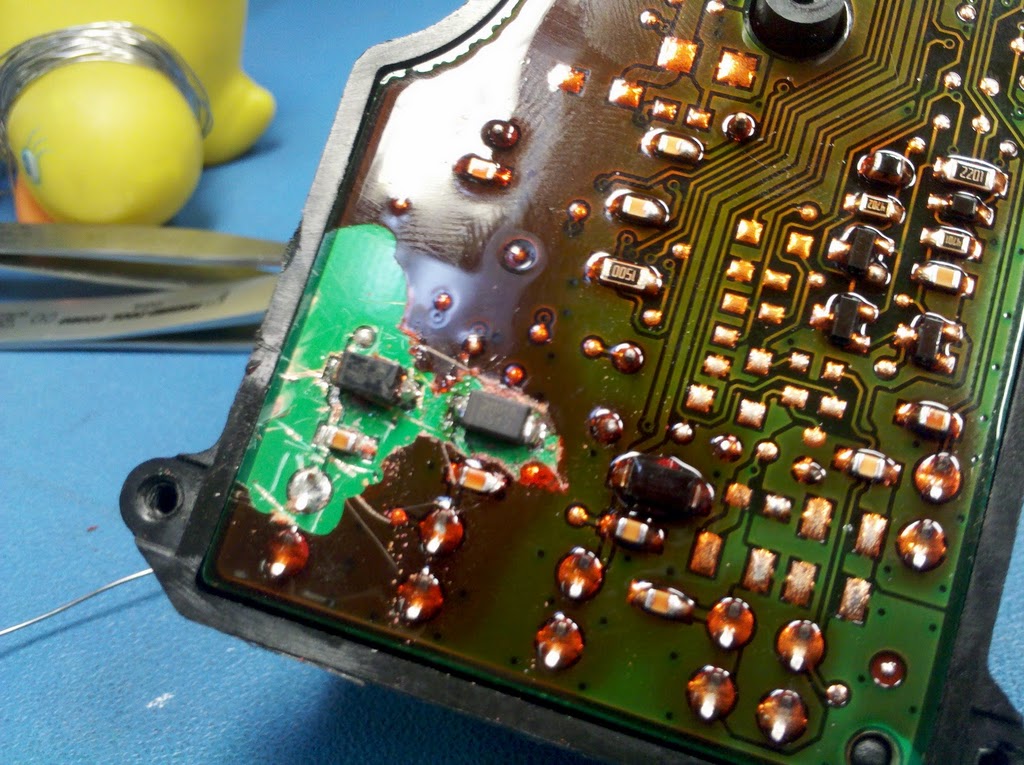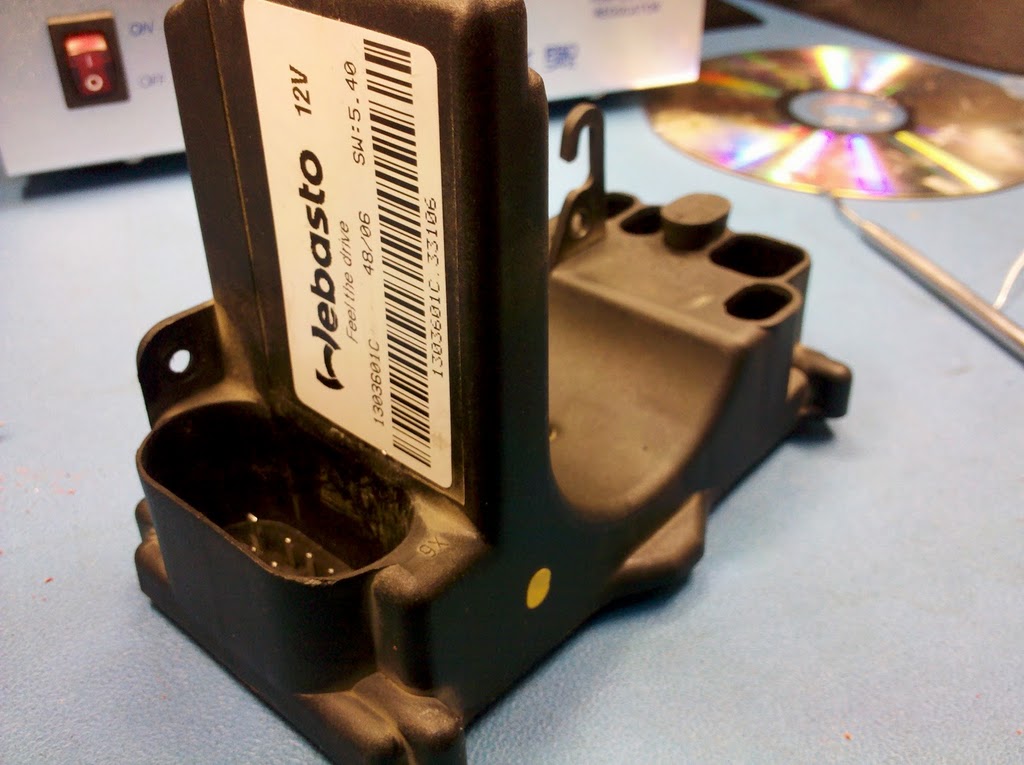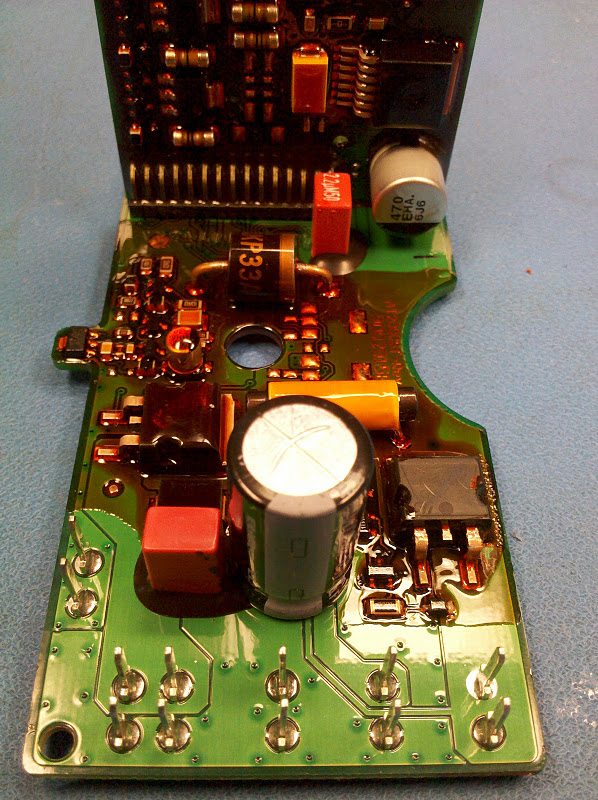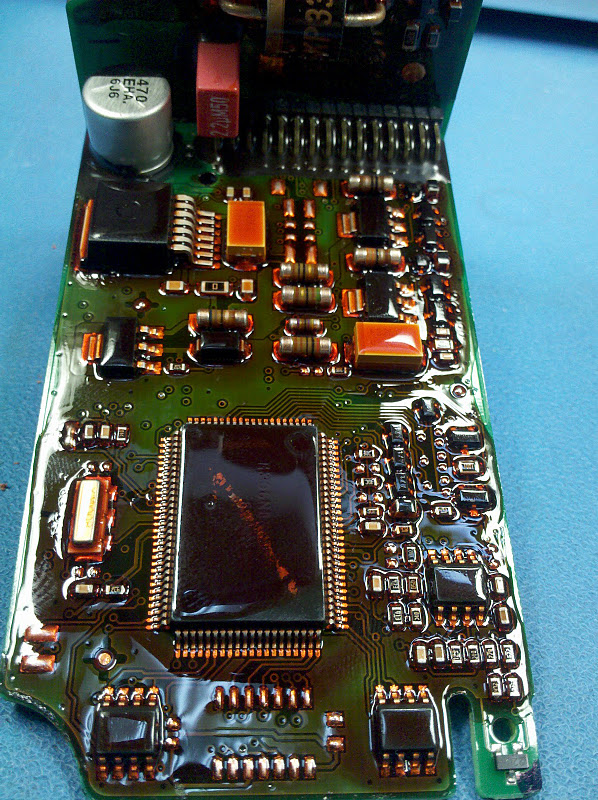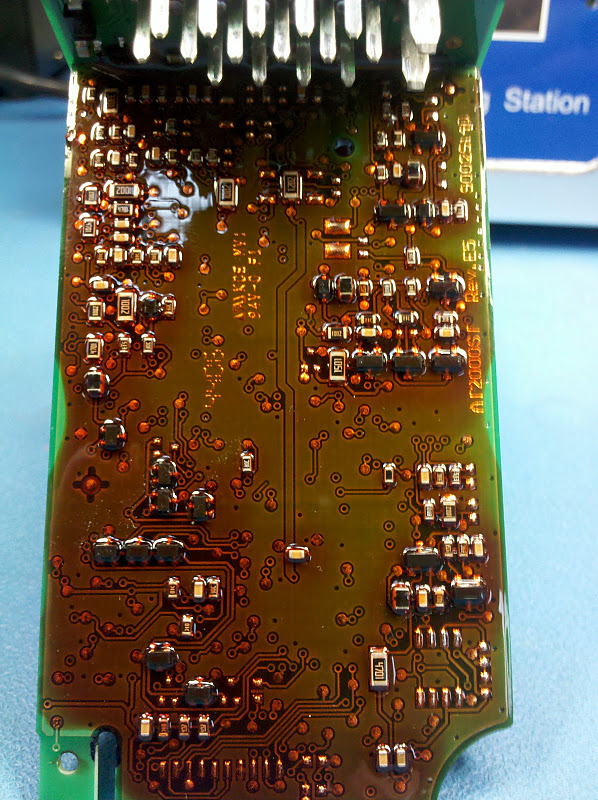10 3.__ EMERGENCY VEHICLE DETECTOR SYSTEM
Each traffic signal shall have an emergency vehicle detector system which shall conform to the details shown on the plans and these special provisions.
GENERAL
Each emergency vehicle detector system shall consist of an optical emitter assembly or assemblies located on the appropriate vehicle and an optical detector/discriminator assembly or assemblies located at the traffic signal.
Emitter assemblies are not required for this project except units for testing purposes to demonstrate that the systems perform as specified. Tests shall be conducted in the presence of the Engineer as described below under “System Operation” during the signal test period. The Engineer shall be given a minimum of 2 working days notice prior to performing the tests.
Each system shall permit detection of 2 classes of authorized vehicles. Class I (mass transit) vehicles shall be detected at ranges of up to 300 m from the optical detector. Class II (emergency) vehicles shall be detected at ranges up to 550 m from the optical detector.
Class I signals (those emitted by Class I vehicles) shall be distinguished from Class II signals (those emitted by Class II vehicles) on the basis of the modulation frequency of the light from the respective emitter. The modulation frequency for Class I signal emitters shall be 9.639 Hz ± 0.110 Hz. The modulation frequency for Class II signal emitters shall be 14.035 Hz ± 0.250 Hz.
A system shall establish a priority of Class II vehicle signals over Class I vehicle signals and shall conform to the requirements in Section 25352 of the California Vehicle Code.

